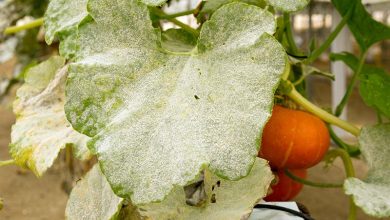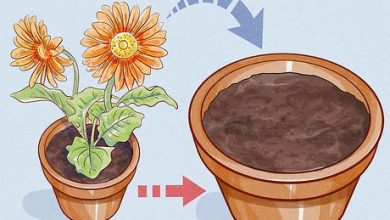Crickets in the Garden: [Characteristics, Detection, Effects and Treatment]
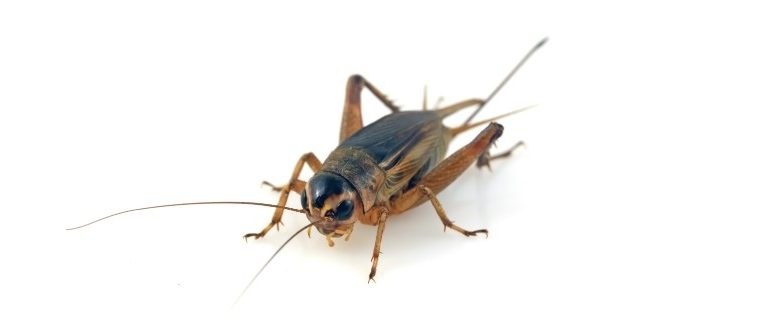
The control of crickets in the garden or orchard can be achieved in various ways, and the best results have been given from a combination in terms of pest control.
Getting rid of crickets can be accomplished with an application of poison, but let’s first consider some non-toxic methods of managing cricket infestations; we can always resort to poisons if necessary.
Crickets mate and lay their eggs on the ground from late summer to early fall before dying of age or cold.
The eggs, 150-400 of them, sit over winter and hatch in late spring and early summer, the young being carbon copies of the parents (minus the wings) and feeding on the same food: their plants.
In 90 days, the nymphs, as they are called, have matured and it is time for the cycle to repeat itself.
What are crickets?
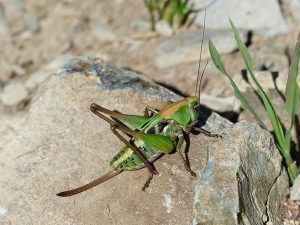 Crickets are nocturnal insects belonging to the Gryllidae family. They have the particularity that they move by hitting considerable jumps, thanks to the flexibility of their legs.
Crickets are nocturnal insects belonging to the Gryllidae family. They have the particularity that they move by hitting considerable jumps, thanks to the flexibility of their legs.
They are native to Southeast Asia, but there are many species that live throughout the world.
The domestic acheta species and the acheta assimilis are, together with the acheta domesticus or domestic crickets, the most widespread in gardens and fields. The life cycle can last a maximum of 6 months and goes through 3 main stages: eggs, nymphs and adults.
cricket life cycle
Eggs
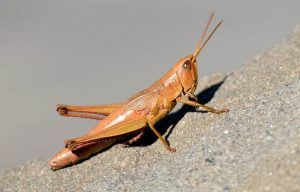 About 200 eggs are produced by the female, throughout her short life, after mating occurs.
About 200 eggs are produced by the female, throughout her short life, after mating occurs.
They attend to the males, who seduce them with a singular song that is produced after rubbing their legs at an angle of 45º against the body.
When she is ready to have intercourse, the female mounts the male and he inoculates or injects her with the spermatophore. The females are so daring that they can mate with several males in the same night, to ensure offspring.
When they hatch, after about 15 days of maturation, the eggs release the nymphs.
nymphs
Their appearance is that of tiny crickets, but they do not yet have wings. They also cannot mate or produce eggs.
adult crickets
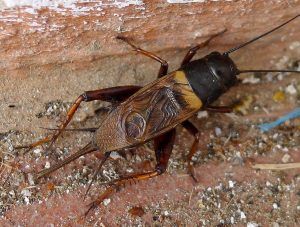 When the nymph reaches sexual maturity, after about 8 to 10 molts, then it gives way to the cricket.
When the nymph reaches sexual maturity, after about 8 to 10 molts, then it gives way to the cricket.
Males are always smaller than females, who set the tone at the reproductive level to multiply and preserve the species.
They consume all kinds of seeds, leaves, plants, fruits and other insects that roam the gardens and fields.And if they enter the home, they are capable of devouring all kinds of fabrics, cardboard and paper.
As house crickets are fans of warm places, in the house they can spend the night indefinitely in basements, kitchens, near stoves, heaters and similar places.It is highly recommended to prevent them from reproducing at home, if we want to avoid being evicted.
How can we identify crickets?
Crickets, also known in some regions as grasshoppers, have very well-defined characteristic features. The first thing is that they generate a loud sound and noise, which can become deafening when the population is large.
But let’s see the characteristics that stand out most in these insects.
- As adults, crickets reach a maximum length of about 2 cm.
- Their color ranges from brown to black tones, they always have dark-toned bodies.
- They have three pairs of legs, the rear ones being the strongest and most visible.
- You have two pairs of wings, which in young specimens are not yet fully developed. They serve to sing, not to fly.
- It has long antennae that protrude from the head, marked with three stripes.
- His mouthparts are strong and allow him to crush the food he gets.
- In the lower part of their legs, considered the knees, they have a tympanic organ that allows them to hear their own songs.
- Females and males have an elongated tail that extends from the abdomen.
- The females have a special tube called ovipositor in the abdomen, which allows them to load the eggs in the grass and soil.
cricket habitat
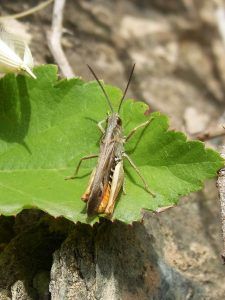 It will suffice to carry out an inspection in the garden and in damp and dark places in the house, to get them jumping fast, between the grass or lawn, in the vicinity of the garbage and very wet places.
It will suffice to carry out an inspection in the garden and in damp and dark places in the house, to get them jumping fast, between the grass or lawn, in the vicinity of the garbage and very wet places.
It hides under logs, rocks, and gri, but also digs holes in the ground to live in a self-built house.It is nocturnal behavior. It comes out at night to eat, sing and seeks to mate.
Feel attraction to the lights. They give protection to their membranous hind wings. In their moments of rest, they fold them like a fan.They also tend to surround the streetlights and lamps outside the house, because the light attracts them, since it provides them with heat.
It drinks a lot of water, so it will also be seen near water sources.The ideal temperatures for crickets range from 25 to 35ºC. That is why they will always look for slopes and sunny places.
What plants do crickets affect?
When they become a pest, crickets can wipe out entire crops, especially bean, corn, wheat, and alfalfa crops. That is why it is essential to remove them from our wildlife.
How to fight crickets?
The most effective way to combat them is to keep external spaces in optimal cleaning conditions. Let’s look at some simple recommendations that anyone can follow.Prevent the growth of weeds, with effective regular cleaning of the lawn in our garden.
- Collect wet and dry wood as well, which can accumulate in the surroundings of the garden and fields, in order to prevent them from building their houses.
- Prevent them from accumulating in cracks and gutters. These places must be kept clean and free of bugs.
- Strong lights must be eliminated and reduced to a minimum expression to prevent them from seeking heat and crowding around streetlights and lamps.
- Place traps designed with the help of glue in bands used to capture all kinds of insects. It will be enough to put them in the burrows, cracks and crevices identified so that they fall.
- Another effective trap is made with a solution of molasses, baited into a deep container half filled with water. There are models that are sold in specialized garden stores. They work very well when the cricket population is growing, because they are attracted by the smell and fall into the water solution, which can sometimes be combined with liquid insecticides. Do not forget to keep this bait away from children and pets.
- It also works to apply insecticides for insects in all the corners and damp and dark places where these insects circulate in the home, to prevent them from proliferating. Door and window edges are priority.
- Likewise, the eggs must be eliminated with the help of a vacuum cleaner, in case we use carpets at home, because they are favorite places where they allow predators to grow.
What are the best products to eliminate crickets?
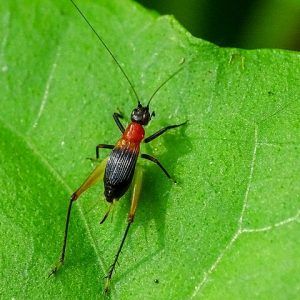 There are many natural and biological control options to exterminate and keep crickets away from our outdoor and indoor environments.
There are many natural and biological control options to exterminate and keep crickets away from our outdoor and indoor environments.
The best thing will be, before using insecticides, to have the support of natural predators of crickets.In this sense, they are very effective hunters of crickets, lizards, spiders, birds and domestic cats.
A bird feeder in the garden will become a beautiful visual and auditory spectacle, but also one of the best methods to keep crickets at bay.
Or, simply, it will be enough to have the cat in the garden several times a day to keep these annoying bugs away.

